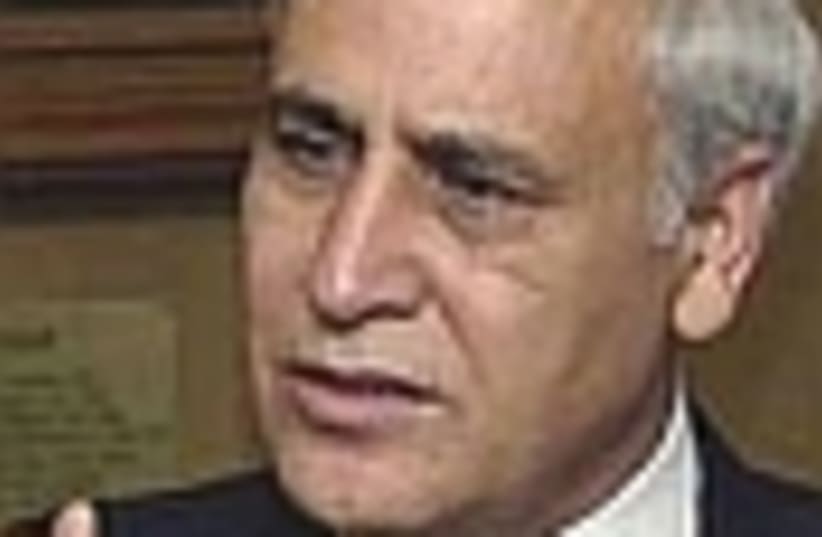| More about: | Yitzhak Ben-Zvi, Zalman Shazar, Yitzhak Rabin, Chaim Weizmann |
A place to call home
It's time for the President and the Prime Minister to be properly accommodated.


| More about: | Yitzhak Ben-Zvi, Zalman Shazar, Yitzhak Rabin, Chaim Weizmann |